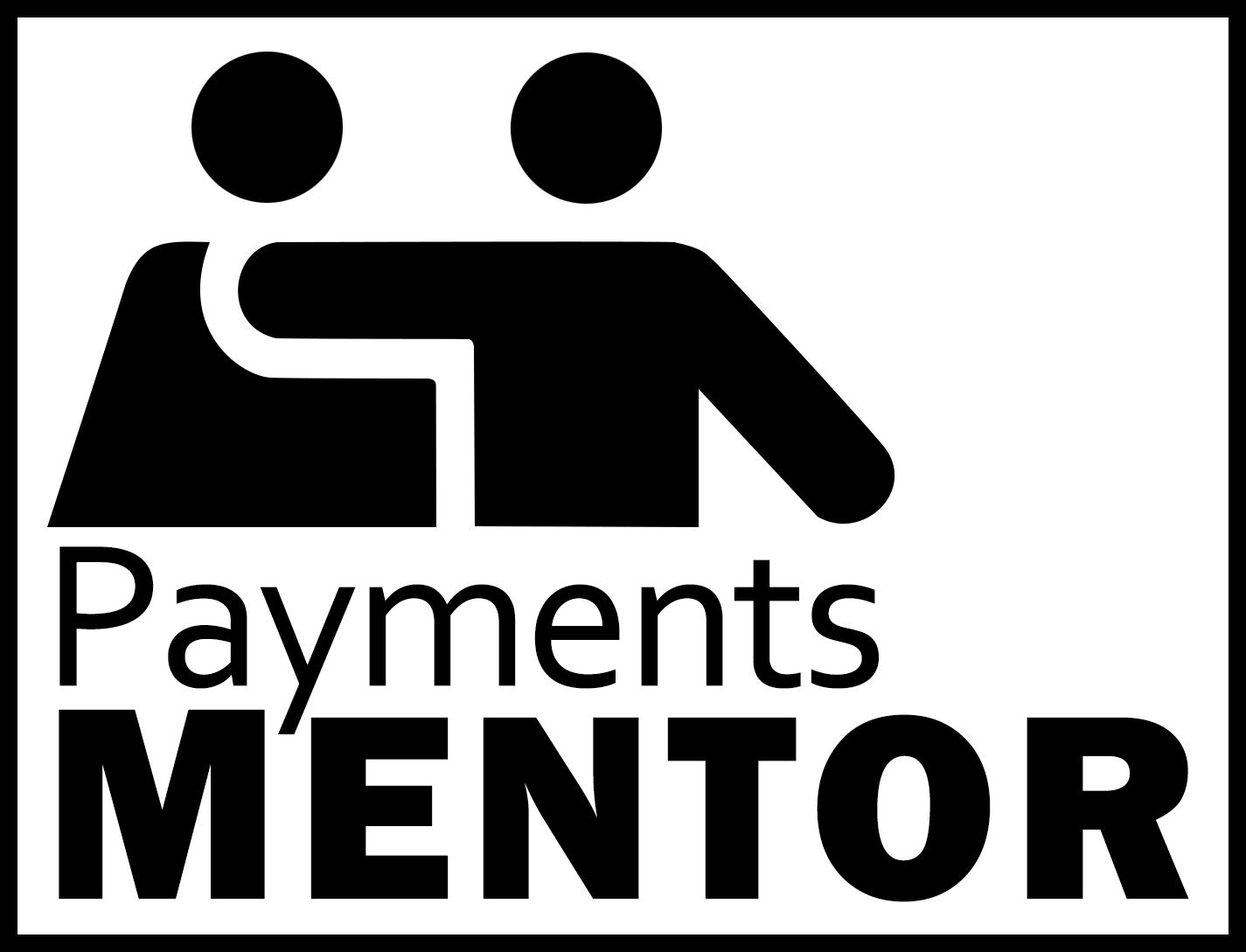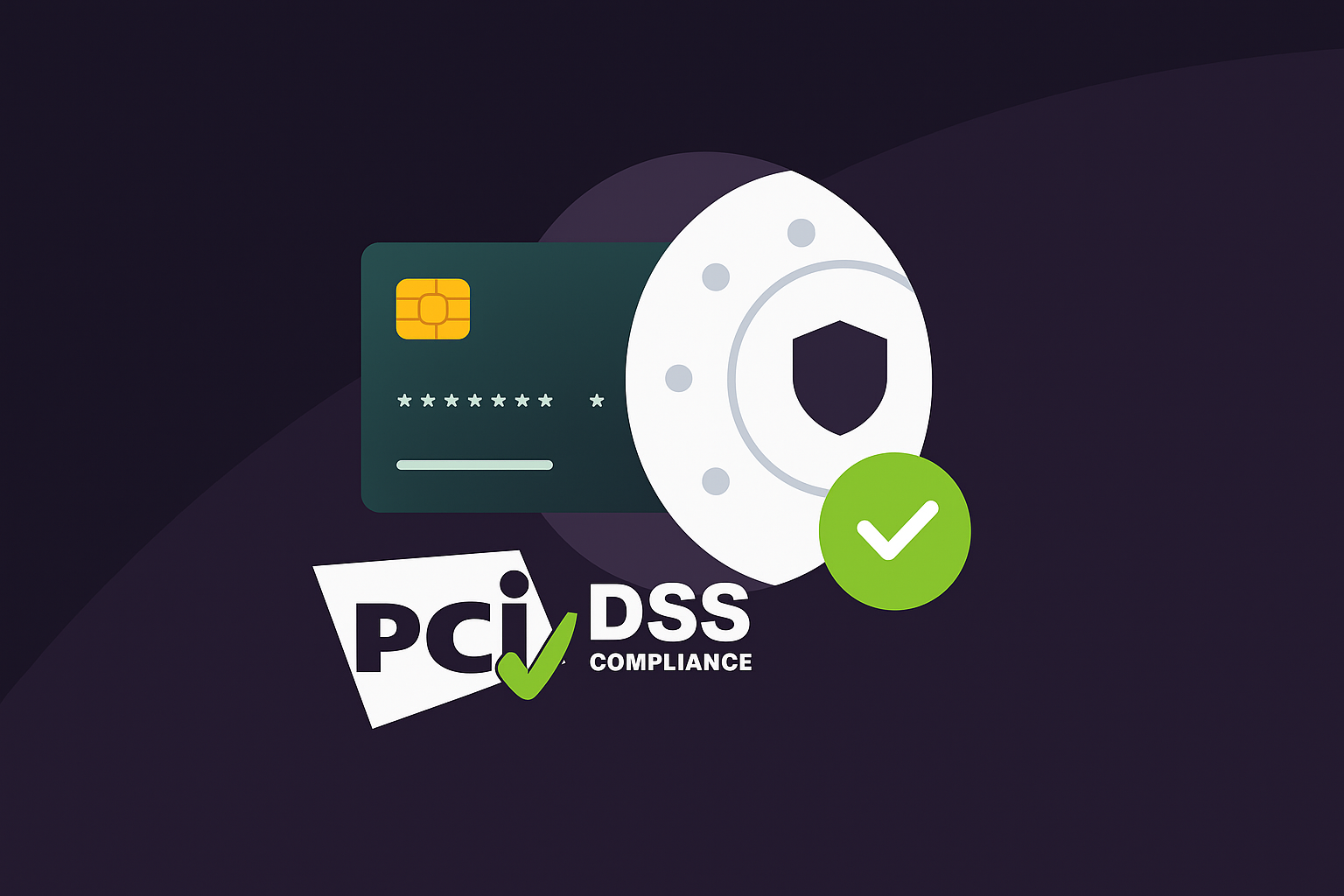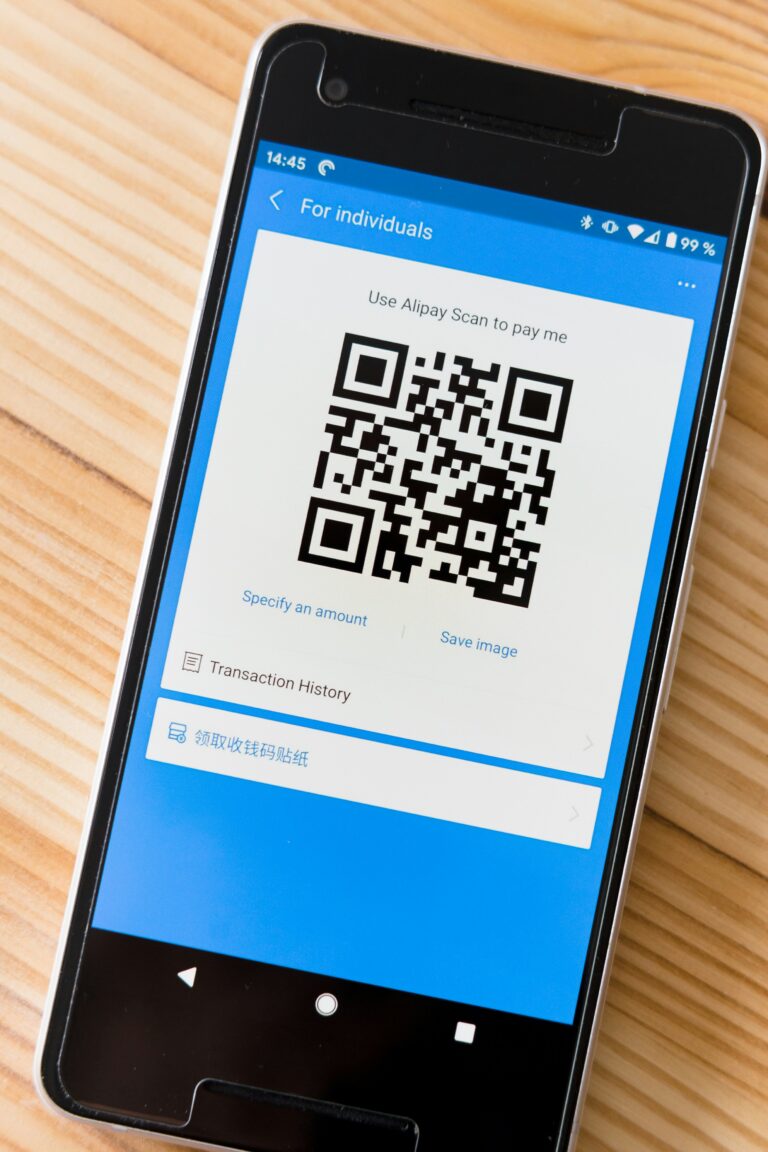In today’s digital age, protecting sensitive customer data is more critical than ever for businesses that accept credit card payments. The consequences of a data breach can be severe: financial losses, reputational damage, legal penalties, and erosion of customer trust.
To combat these risks, the major credit card brands established the Payment Card Industry Data Security Standard (PCI DSS). PCI compliance has become a crucial requirement for any organization that handles cardholder information.
Understanding and achieving PCI compliance may seem daunting at first, but it’s an essential responsibility for safeguarding your customers and your business. In this beginner’s guide, we’ll break down the key concepts, requirements, and steps to help you navigate the world of PCI compliance with confidence.
What Is PCI Compliance Anyway?
The Payment Card Industry Data Security Standard (PCI DSS) is a comprehensive set of security requirements designed to ensure that all businesses that accept, process, store, or transmit credit card data maintain a secure environment. Developed and enforced by the PCI Security Standards Council (SSC), which was founded by major card brands like Visa, Mastercard, American Express, Discover, and JCB, the standard aims to enhance cardholder data security and trust throughout the payment ecosystem.
PCI DSS applies to any entity involved in payment card processing—including merchants, processors, acquirers, issuers, and service providers. The size of a business doesn’t matter; if a merchant deals with credit card payments, they must comply with PCI standards. The requirements are designed to protect sensitive cardholder data, such as the primary account number (PAN), cardholder name, expiration date, and card verification value (CVV), at every stage of the transaction process.
Compliance is not a one-time event but an ongoing process. Businesses must continuously assess their payment environment, remediate vulnerabilities, and submit validation reports to the card brands and their acquiring banks. The specific compliance validation requirements depend on the merchant’s level, which is determined by the volume of card transactions they process annually. The higher the transaction volume, the more stringent the validation requirements.
Why Should You Care About PCI Compliance?
In the realm of payment processing, safeguarding customer data is paramount. Ensuring the security of sensitive payment details isn’t merely a regulatory box to tick—it’s crucial for nurturing customer trust. When customers feel assured of their data’s safety, they are more inclined to engage confidently with your business, fostering loyalty and encouraging repeat transactions. PCI compliance lays the groundwork for a secure transaction environment, which is vital for maintaining robust customer relationships.
Moreover, PCI compliance serves as a strategic differentiator. In today’s market, where security breaches are increasingly common, businesses that uphold PCI standards can position themselves as leaders in data protection. This not only attracts security-conscious customers but also strengthens your brand’s reputation as a reliable and secure choice. Informed consumers are more likely to choose businesses that demonstrate a proactive approach to data security, enhancing your competitive posture.
The stakes of non-compliance are high. Ignoring PCI standards can lead to substantial financial repercussions, including fines and legal challenges. More critically, it jeopardizes your ability to process card transactions, a risk that could severely disrupt your operations. By prioritizing compliance, you’re not only safeguarding customer data but also securing your business’s operational longevity and financial stability.
The 12 Key Requirements of PCI DSS
The PCI DSS outlines a set of 12 requirements that serve as a blueprint for safeguarding cardholder information. These standards are essential for creating a secure payment environment that minimizes the risk of data breaches.
Build and Maintain a Secure Network
Establishing a strong network defense is the first line of protection against unauthorized access.
- Firewall Configuration: Implement a comprehensive firewall strategy to control data flow between networks. This ensures that only trusted traffic can reach sensitive cardholder data, blocking any unauthorized attempts to access the network.
- Customized Security Settings: Replace generic vendor-supplied settings with tailored configurations. This involves setting unique passwords and security parameters to strengthen defenses against potential breaches.
Protect Cardholder Data
Securing stored and transmitted data is crucial to prevent unauthorized access and misuse.
- Secure Data Storage: Ensure sensitive cardholder information is stored securely with encryption. This involves using advanced cryptographic techniques to protect data, making it inaccessible to unauthorized individuals.
- Encrypted Data Transmission: Encrypt cardholder data during transmission across public networks. Strong encryption protocols must be employed to shield data from interception and unauthorized access during its journey.
Maintain a Vulnerability Management Program
Proactive measures are vital to defend against evolving threats and vulnerabilities.
- Anti-Malware Strategies: Implement measures to protect systems from malware through regular updates and security patches. This includes maintaining up-to-date anti-virus programs to detect and neutralize emerging threats.
- Secure Application Development: Regularly update software and follow secure coding practices. This ensures that applications and systems are resilient against vulnerabilities and potential exploits.
Implement Strong Access Control Measures
Controlling who can access cardholder data is a key component of data security.
- Controlled Data Access: Limit access to cardholder data to individuals with a legitimate need. This involves implementing strict access controls to ensure that only authorized personnel can handle sensitive information.
- Authentication Protocols: Use strong authentication measures to verify user identities. Employing unique credentials and multi-factor authentication strengthens access controls and prevents unauthorized logins.
Regularly Monitor and Test Networks
Ongoing surveillance and testing are critical for maintaining security.
- Access Logging and Monitoring: Keep comprehensive logs of all network access to detect and investigate suspicious activities. This continuous monitoring helps in promptly identifying and responding to anomalies.
- Routine Security Testing: Conduct regular assessments to evaluate the effectiveness of security measures. This includes vulnerability scans and penetration tests to uncover and address weaknesses in the security infrastructure.
Maintain an Information Security Policy
A well-defined security policy is a cornerstone of effective data protection.
- Comprehensive Security Policy: Develop a policy that outlines security responsibilities and procedures. This ensures that all personnel are aware of their roles in maintaining a secure environment, fostering a culture of security awareness within the organization.
Certainly! Here’s the rewritten section with unique content, drawing from the top-ranking research:
Determining Your PCI Compliance Level
Understanding your PCI compliance level is crucial for aligning your business with the right security standards. These levels, based on your annual transaction volume, help clarify the scope of your compliance obligations and the necessary validation steps.
Transaction Volume and Compliance Levels
The PCI DSS classifies businesses into four levels according to their transaction volume, ensuring that compliance efforts match the scale of potential risk:
- Level 1: This tier applies to entities processing more than 6 million transactions annually. Businesses in this category must undergo a comprehensive annual on-site assessment conducted by a Qualified Security Assessor (QSA), alongside quarterly network scans to maintain rigorous security standards.
- Level 2: For businesses processing between 1 to 6 million transactions each year, this level requires the completion of an annual self-assessment questionnaire and quarterly scans by an Approved Scanning Vendor (ASV) to ensure ongoing security.
- Level 3: This level targets businesses handling 20,000 to 1 million e-commerce transactions per year. They are required to conduct an annual self-assessment and regular vulnerability scans to uphold compliance standards.
- Level 4: Smaller merchants processing fewer than 20,000 e-commerce transactions or up to 1 million general transactions annually fall into this category. These businesses typically complete a self-assessment questionnaire and may undertake quarterly scans as part of their security measures.
Navigating the Compliance Journey
Each compliance level presents distinct challenges, reflecting the varying degrees of risk associated with transaction volumes. Engaging with your acquiring bank is an essential step in pinpointing your specific compliance level. Their guidance can illuminate the intricacies of PCI DSS requirements, helping you develop a strategy that aligns with your business operations.
Partnering with a PCI compliance expert can further streamline this process. These specialists provide valuable insights into the best practices for securing cardholder data, ensuring your compliance efforts are both effective and efficient. By leveraging their expertise, you can confidently navigate the complexities of PCI DSS, maintaining a secure and compliant payment landscape.
How to Achieve and Maintain PCI Compliance
Embarking on PCI compliance requires a strategic approach that aligns with your business operations. Begin by identifying which specific PCI requirements apply to your organization. Tailoring your compliance initiatives in this way ensures that you address the unique security needs and transactional nuances of your business.
For formal compliance validation, undertake an annual Self-Assessment Questionnaire (SAQ). During this assessment, rigorously examine your security protocols in relation to PCI DSS standards, pinpointing areas for enhancement and implementing necessary changes. Regular self-assessments not only keep your organization aligned with PCI benchmarks but also cultivate a proactive security mindset among your team. Complementing the SAQ, engage in quarterly network vulnerability assessments with an Approved Scanning Vendor (ASV). These evaluations are critical in uncovering potential security gaps, allowing for timely remediation before threats can materialize.
Deploying advanced PCI-compliant technologies, like tokenization and point-to-point encryption, plays a vital role in minimizing your PCI compliance scope. These innovations replace sensitive cardholder data with secure tokens, significantly lowering the risk of data breaches. Collaborating with a seasoned payments provider that offers comprehensive security tools and insights enhances your compliance efforts. Such partnerships provide access to state-of-the-art security solutions and expert counsel, simplifying your compliance endeavors.
Equipping your workforce with ongoing education and training on secure payment processing practices is equally crucial. Conduct regular training workshops to emphasize the importance of data security and equip your staff with the skills to handle sensitive information with care. Additionally, establish a routine system of monitoring and testing your payment environment, enabling you to promptly detect and address any vulnerabilities, thus maintaining a robust and compliant processing infrastructure.
Simplifying PCI Compliance with the Right Payment Partner
Navigating the complexities of PCI compliance can feel overwhelming, especially for businesses focused on growth and customer engagement. However, partnering with a robust payment provider that prioritizes security can transform this daunting task into a manageable process. A reliable partner not only simplifies compliance but also enhances your overall payment strategy, integrating security features that protect cardholder data without compromising transactional efficiency.
Comprehensive Solutions at Your Fingertips
When evaluating potential payment partners, it’s essential to seek those offering a comprehensive suite of PCI-compliant solutions. These partners provide integrated tools that address various aspects of compliance, ensuring you meet the required standards seamlessly.
- Data Security Protocols: Opt for providers that implement cutting-edge data masking and obfuscation methods. These techniques ensure sensitive information is shielded from prying eyes, significantly reducing the risk of unauthorized access.
- Managed Payment Interfaces: A payment partner that offers managed interfaces enables secure processing without the need for sensitive data storage on your systems. This approach simplifies the compliance process by delegating the responsibility of data security to the provider, thus safeguarding your operations.
- Robust Integration Frameworks: Ensure the partner supplies comprehensive integration frameworks that support secure and seamless transaction handling. This creates an efficient payment process that enhances customer satisfaction while upholding strict security measures.
- Continuous Threat Assessment: Advanced threat assessment and incident response tools are vital for proactively identifying and neutralizing potential security threats. These solutions help maintain transaction integrity, providing assurance and confidence to both you and your customers.
The Value of Expertise and Support
Beyond the technological offerings, the expertise and support provided by your payment partner play a crucial role in maintaining compliance. An experienced partner will guide you through the intricacies of the PCI DSS requirements, offering insights and strategies tailored to your business model. This guidance ensures that your compliance efforts are not only effective but also aligned with your operational goals.
Such partnerships allow you to concentrate on your core business activities, confident that your payment processes are secure and compliant. By offloading the complexities of compliance to a capable partner, you gain the freedom to focus on growth and innovation, knowing that your payment foundation is solid and reliable.
Achieving PCI compliance is a vital responsibility for any business that handles credit card transactions. While the journey may seem complex, partnering with the right payment provider can simplify the process, ensuring your business maintains a secure and compliant payment environment.
Related Frequently Asked Questions
What is PCI compliance?
PCI compliance refers to following the security standards defined by the PCI Security Standards Council. It ensures safe handling, transmission, and storage of cardholder data to prevent breaches and fraud.
How do merchants validate PCI compliance?
Validation depends on transaction volume and risk: smaller merchants usually use SAQs, while larger organizations may need assessments by Qualified Security Assessors (QSAs) or Internal Security Assessors (ISAs).
What are the twelve PCI DSS control objectives?
They include secure network configuration, strong access controls, data protection (encryption/tokenization), vulnerability management, logging and monitoring, penetration testing, and organizational security policy.
Quinn Davis has over 20 years of leadership experience in payments and financial services, with deep expertise in digital transformation and cross-border strategy. As SVP of Global Payments Strategy at a multinational platform, Quinn oversees product expansion into emerging markets and optimization of cross-border infrastructure. She’s recognized for modernizing legacy systems and mentoring the next generation of women in fintech.











